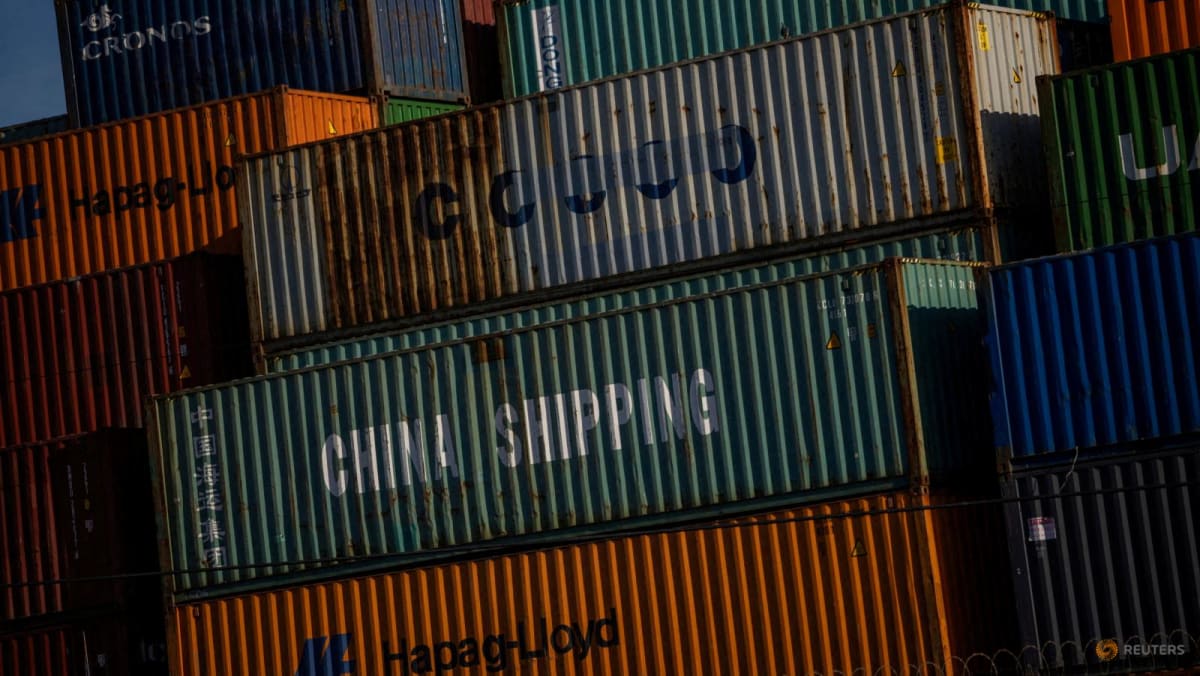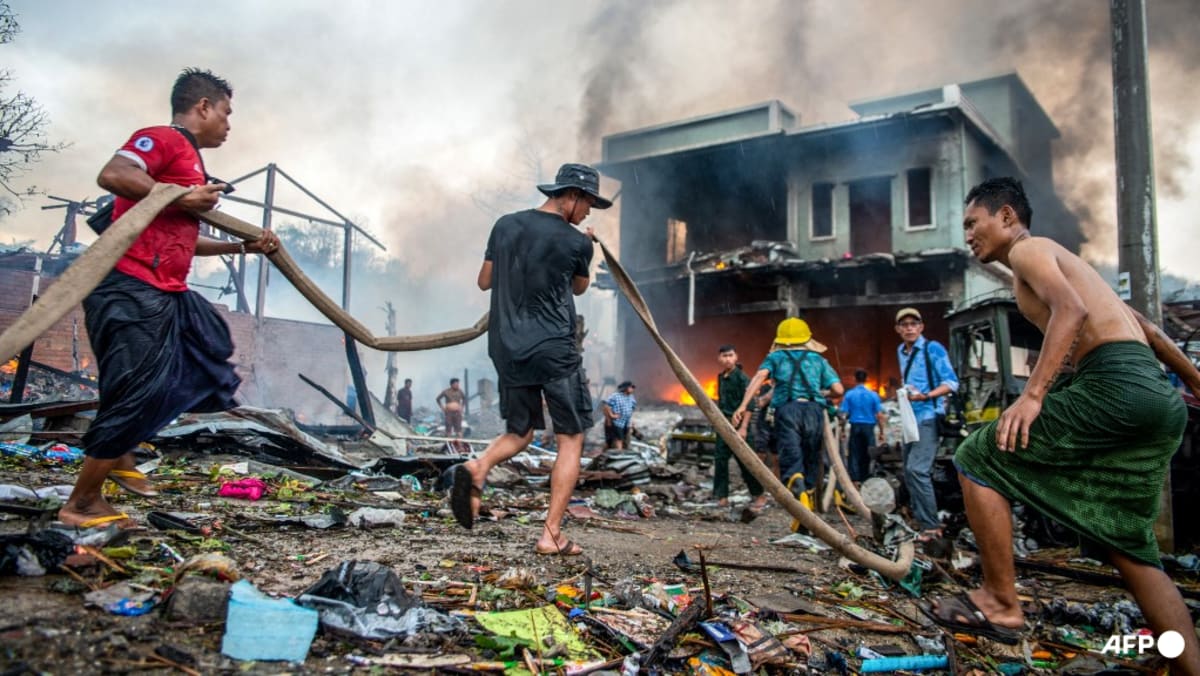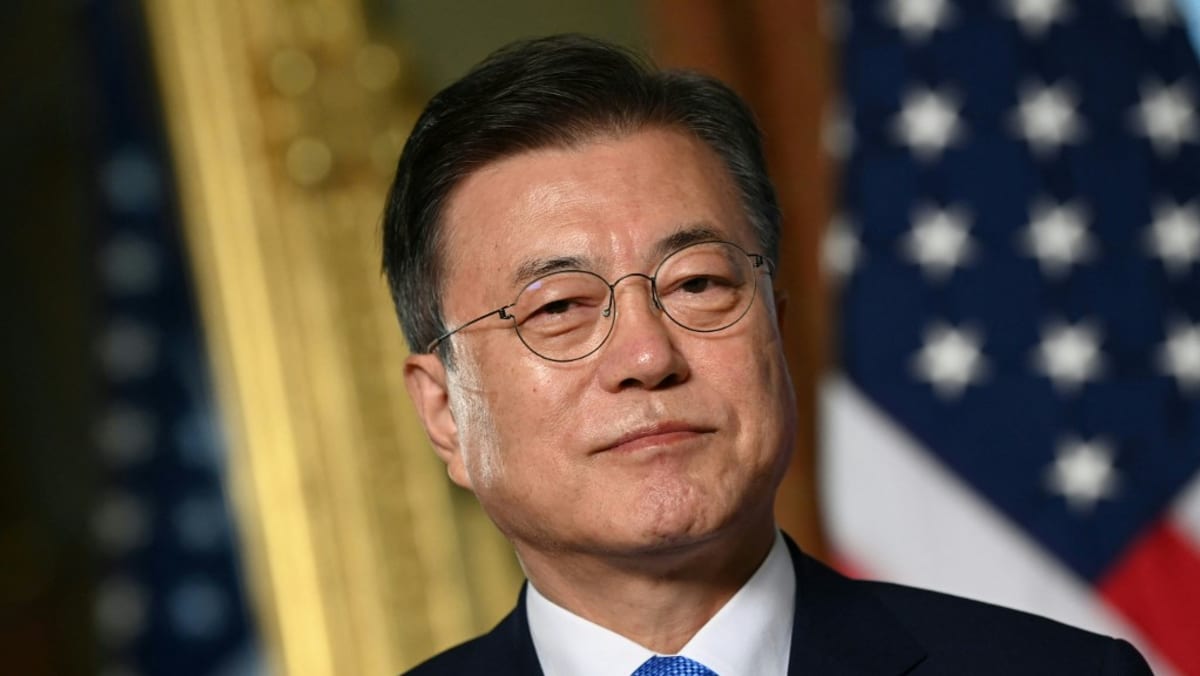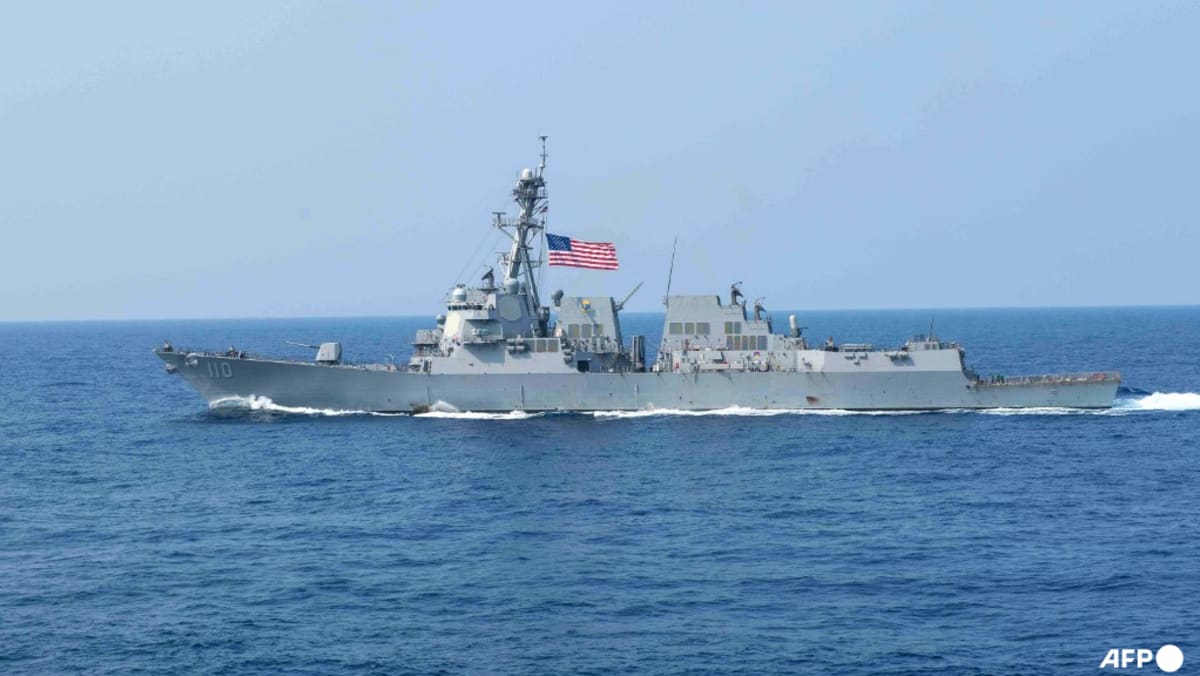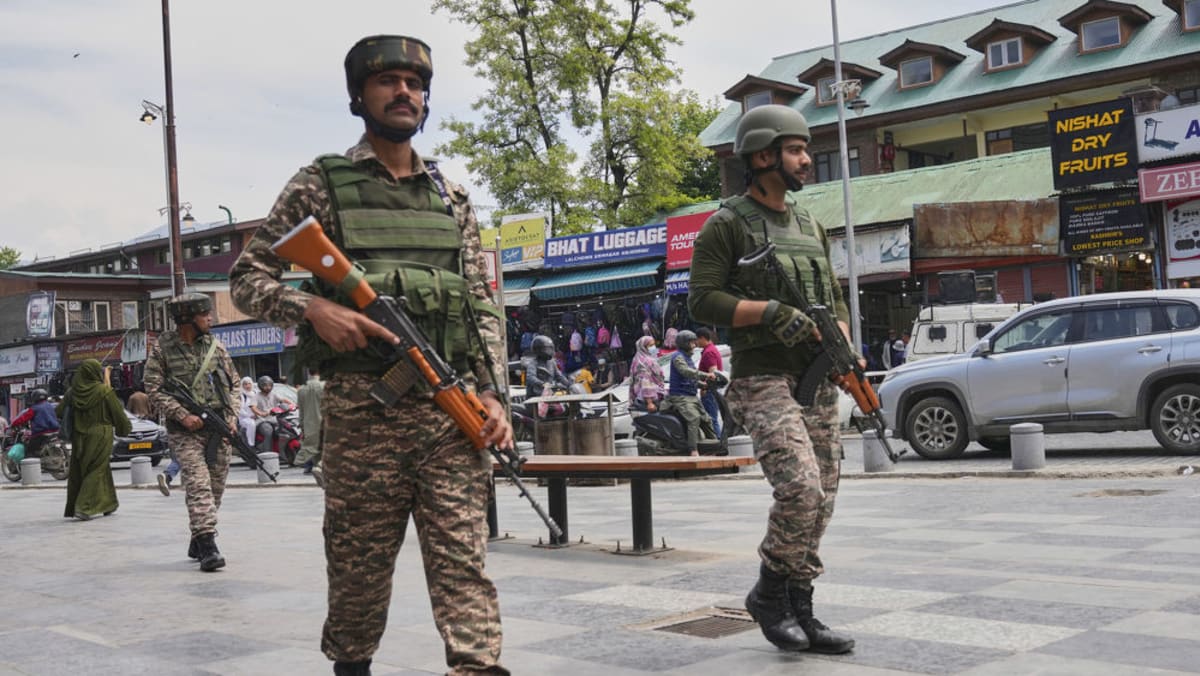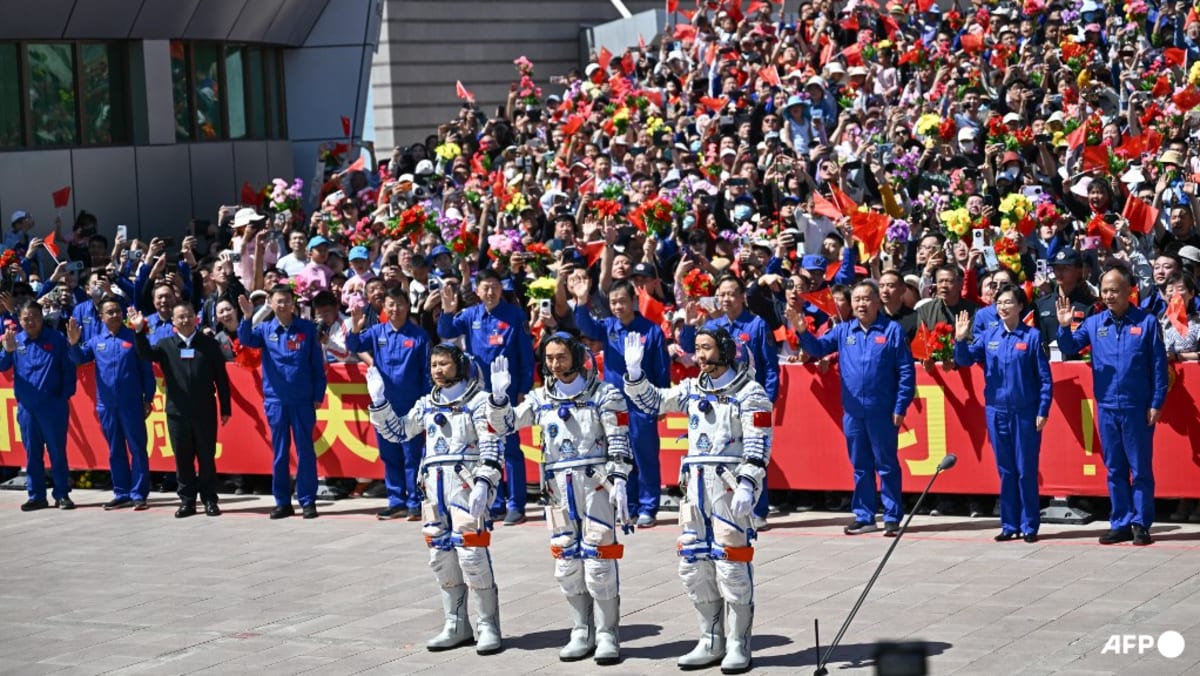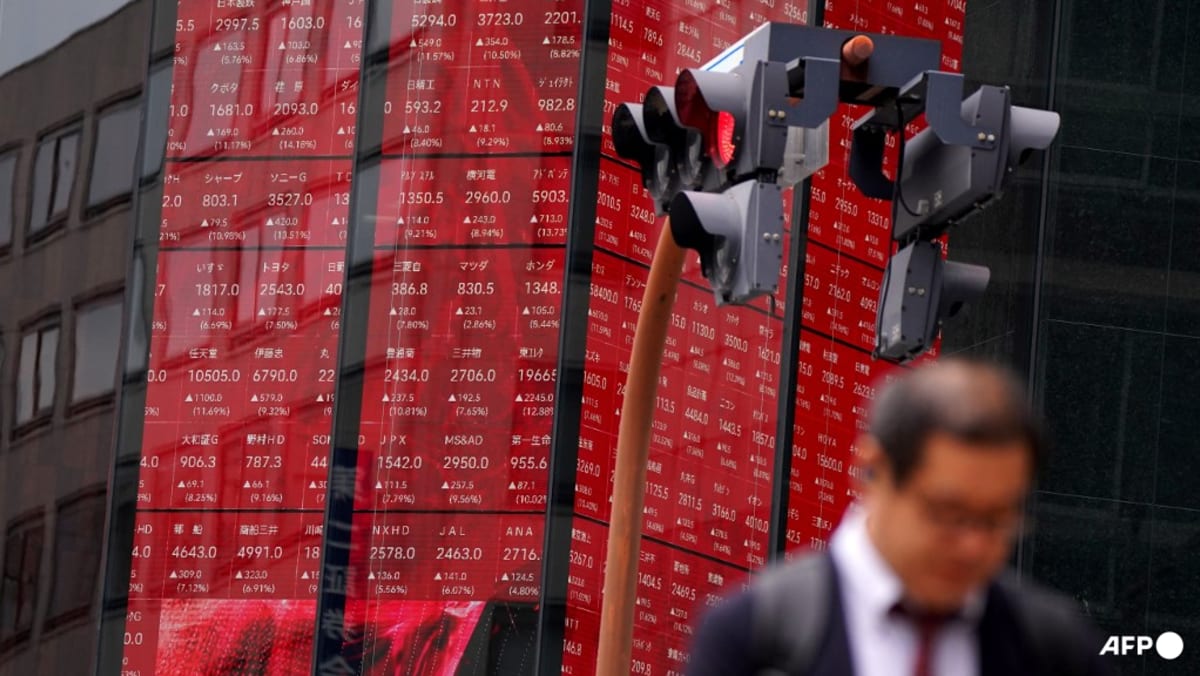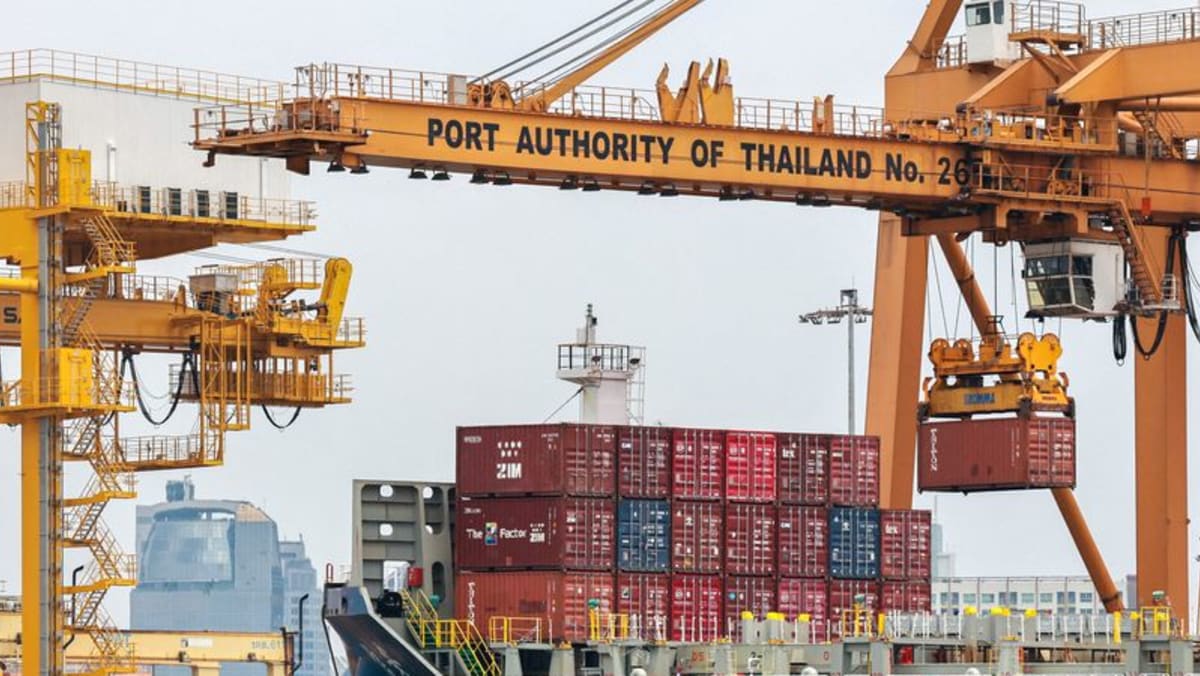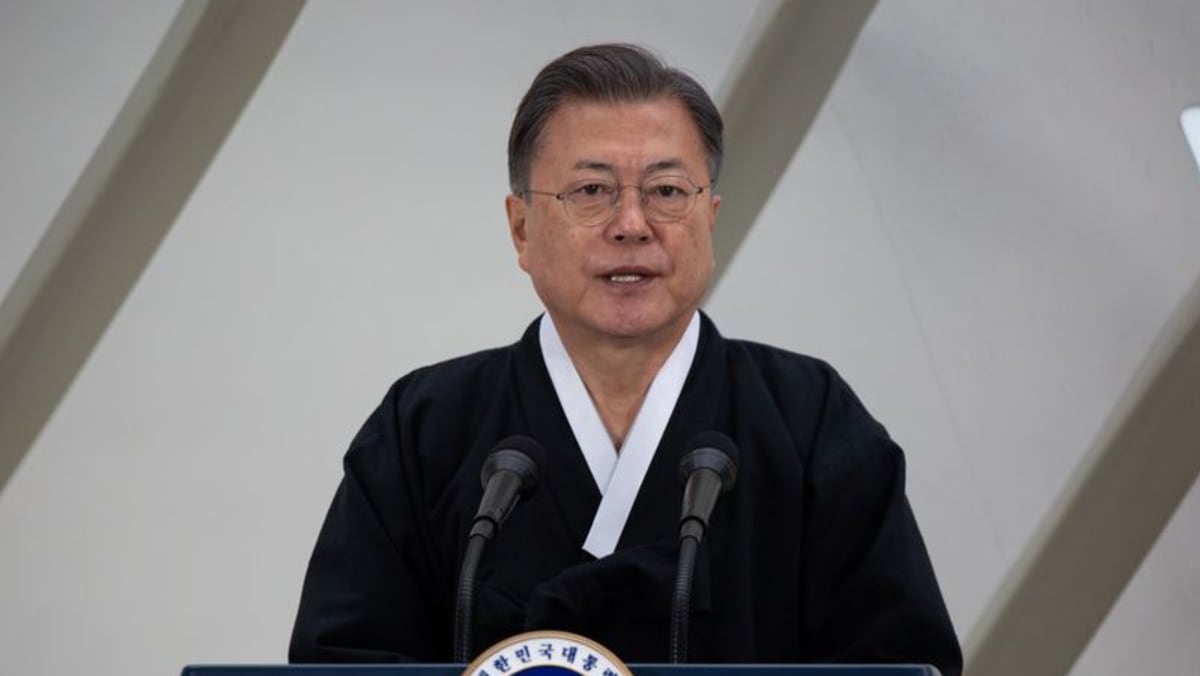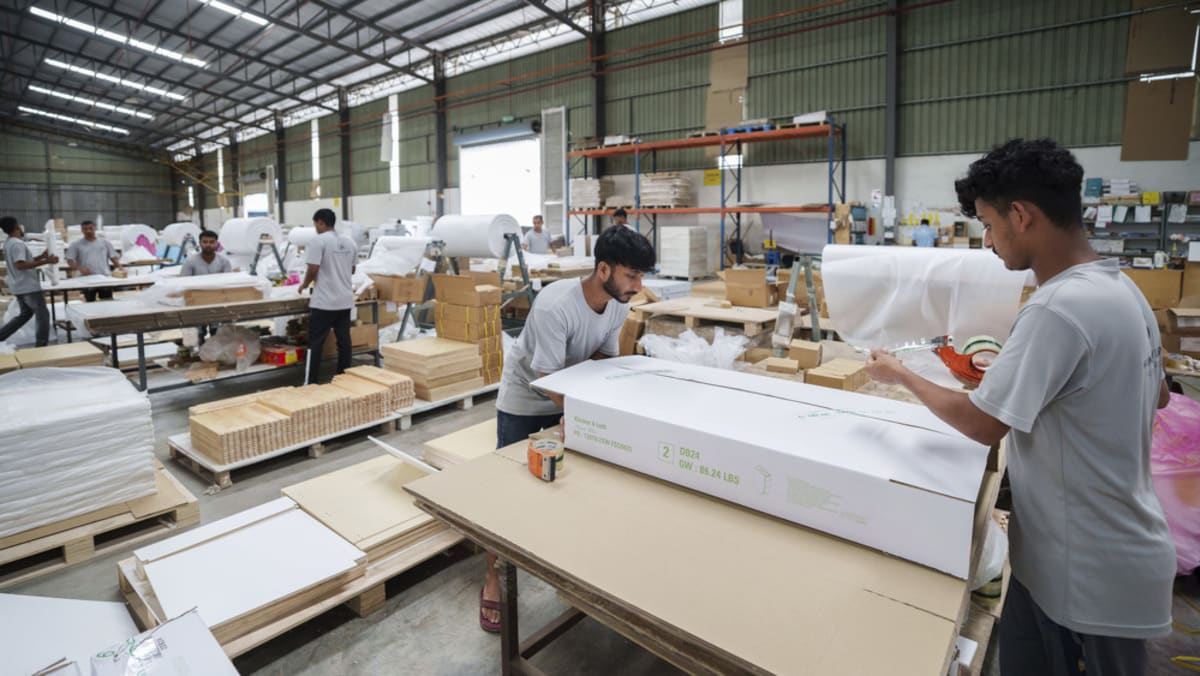Taiwan’s wind industry braves cross-strait risks in clean energy boom
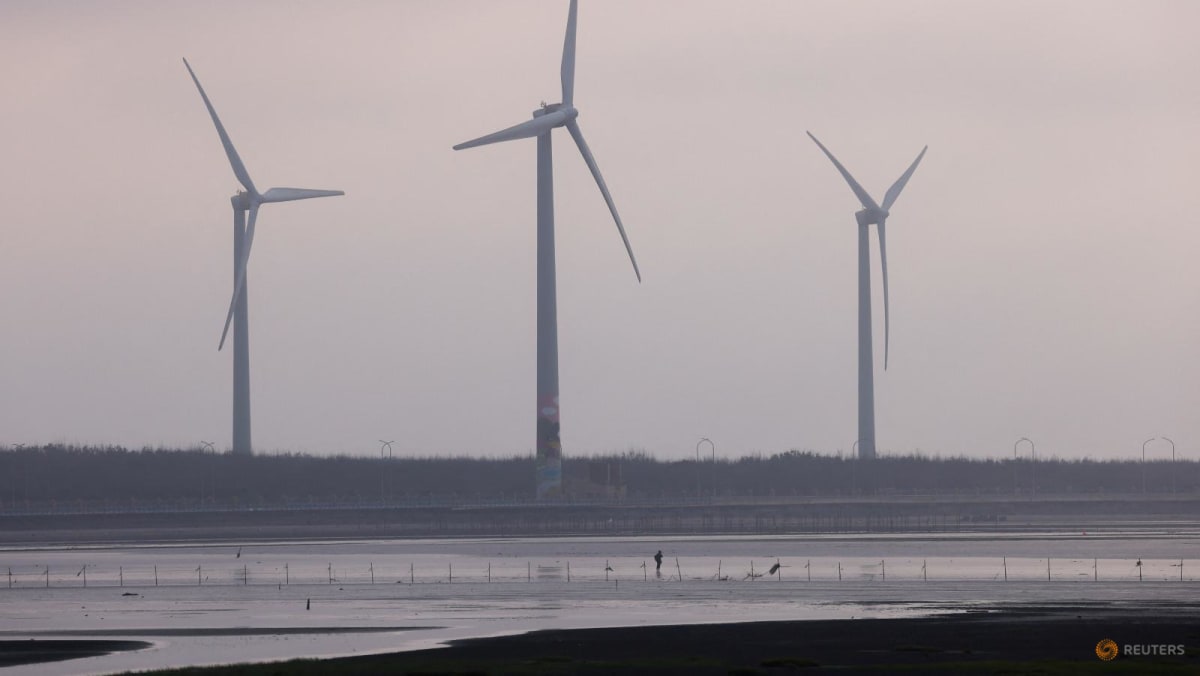
“IMPOSSIBLE TO CALCULATE”
China, which regards Taiwan as its own territory, has never renounced the use of force to bring the democratic island under its control. Taiwan’s government rejects Chinese sovereignty claims, saying only the island’s people can decide their future.
While most developers are not scared off by the prospect of war, some are looking to insurance as a way to hedge against the possibility.
“There is no insurance you can’t buy. It’s a question of whether you want to pay the price,” insurance broker Clive Lin told offshore wind developers in a packed lecture hall in Taipei.
Lin, chief technology officer at Alexander Leed Risk Services, recalled how a decade ago he shrugged off foreign investors’ questions about the risk of war with China.
“Now, many foreign developers in Taiwan are asking if they can buy insurance for geopolitical risk,” spurred by large payouts from the Ukraine war, he said.
Orsted’s Wang said its wind farms “have insurance coverage for all relevant risks” but did not provide details. An Orsted spokesperson declined to comment on whether the company has political risk insurance for its Taiwan projects.
Three foreign energy firms, including two offshore wind developers, had inquired with Leed about political risk insurance for their Taiwan projects since last year, but so far the initial responses from insurers had been negative, Lin told Reuters.
Political risk insurance is typically not covered in mainstream insurance policies, so developers have to buy it additionally.
International requests for political risk insurance in Taiwan have risen, said Serene Soo, Asia political risk and structured credit leader at Marsh, one of the world’s largest insurance brokers.
However, “fresh capacity is tight for new projects”.
Scott Hsu, country director of K2 Management, which advises offshore projects in Taiwan, said few developers consider buying war cover because it would be prohibitively expensive.
“Of course everyone takes it seriously, but as soon as you factor it in, the costs are impossible to calculate,” Hsu said.
The risk of a military confrontation and its impact on Taiwan’s wind farms are hard to quantify, analysts say.
“The vulnerability is that now it has essentially electrical generation camps out in the middle of the water, closer to the mainland,” said Mark Cancian, senior advisor at the Center for Strategic and International Studies in Washington.
He said while there were risks of operational interference, there may be little strategic advantage for China to destroy such infrastructure.
“In a kinetic conflict invasion, Taiwan’s going to have so many other problems, offshore wind is going to be way down on the list,” Cancian said.
Source: CNA


